By Louise Irvine
Last weekend I luxuriated in the new Downton Abbey movie and watched the aristocratic Crawley family prepare for a royal visit by King George V and Queen Mary. I was dazzled by all the Art Deco dresses and the elegant social rituals of the English landed gentry, from afternoon teas to state banquets and balls. I was also reminded of Queen Mary’s love of collecting and her importance for the British china industry.
The life and times of the aristocratic Crawley family at Downton Abbey held us spellbound at our TV sets for five years and became one of the most widely watched television drama shows in the world. Now the characters are back on the big screen with a sumptuous feast of intrigue, scandal, humor and heartbreak both upstairs and downstairs. The TV series transported us from 1912 to 1925 through a series of world events, including World War I, and their impact on life above and below stairs on a fictional country estate. The new movie is set in 1927, just after the General Strike of 1926, and the storyline suggests that the royal tour of Yorkshire was to help subdue dissent.
The royal visit provided Downton Abbey creator Julian Fellowes with a central story that would involve everyone in the excitement. Of course, there’s lots of artistic license. Highclere Castle, where the TV series and movie are set, is in Berkshire not Yorkshire, and the fortunes of this grand estate have been transformed by the success of the show. King George V and Queen Mary made a royal tour of Yorkshire in 1912, shortly after their coronation, not in 1927. Queen Mary did visit Harewood House, featured in the movie, when her daughter Princess Mary was engaged to marry Viscount Lascelles – but not for a state ball. The wedding of the Princess at Westminster Abbey in 1922 was a day of national rejoicing.
In the movie version, the servants’ hall at Downton Abbey is thrown into chaos by the ridiculous demands of a royal visit and their snooty entourage. Upstairs, the Earl and Countess of Grantham are equally excited about the honor. The disappearance of some of their favorite treasures initially had me thinking about Queen Mary’s reputation as a collector of decorative arts. Apparently, wherever she went, the Queen’s eye would alight on a piece that she admired so profusely that her hosts felt obliged to give it to her. The Queen was a passionate and acquisitive collector throughout her life and a champion of less fashionable objets d’art such as snuff boxes, tea caddies and porcelain. Spoiler alert - fortunately she was not responsible for the missing items in the movie!
A real royal visit to the Staffordshire Potteries in 1913 provided a great boost to the British industry which was struggling with foreign imports, and imitations of prestige products. King George and Queen Mary visited more than a dozen pottery manufacturers during their two-day visit to the region, notably Royal Doulton at Burslem. There the Queen admired the first figures in their new HN series, especially a child study which was named Darling in her honor and given the first number in the collection. Darling HN1 is on display in the Royal Doulton gallery at WMODA, together with its inspiration Bedtime, both of which were modeled by Charles Vyse.
See the film of King George and Queen Mary visiting Royal Doulton to the right.
Queen Mary became a regular visitor to the British Industry Fairs in the 1920s and made many acquisitions for the royal collection. Royal Doulton capitalized on her enthusiasm by advertising the figures she most admired. Another of the Queen’s collecting passions was tiny objets d’art and she filled endless rooms with specially lit cabinets of miniature objects. This hobby inspired Queen Mary’s Doll’s House which was designed by the distinguished architect Sir Edwin Lutyens. The idea was for the doll’s house to be a “time capsule to enable future generations to see how a King and Queen of England lived in the 20th century and what artists and craftsman of note there were doing during their reign”. The Royal Doulton factories in Stoke and London were invited to produce tiny ceramics for the kitchen and dining room. The Lambeth factory made tiny stoneware kitchen wares and storage jars and the Burslem factory produced the best royal dinner service for 18 people. The Queen’s doll’s house was exhibited at the British Empire exhibition in 1924 and was moved to Windsor Castle the following year where it continues to raise money for royal charitable funds.
The fabulous costumes worn by the cast is undoubtedly a great part of Downton Abbey’s appeal. In the movie, we can enjoy the stunning gowns worn for a royal visit in the 1920s by the Countess of Grantham, Lady Mary and Lady Edith. In many cases, costume designer Anna Robbins adapted vintage dresses from the height of flapper style in the Art Deco era. Genteel living in the stately homes of the early 1900s required several costume changes throughout the day. As well as glamorous ball gowns fit for a queen, we see afternoon tea gowns as shown in the Art of Tea exhibition at WMODA, which are on loan from Jeff and Penny Spellens. The ritual of afternoon tea was a daily part of the country house routine but not all the problems of aristocratic ladies could be solved over a nice cup of tea. It’s hard to imagine that the real-life equivalents of Lady Mary were hanging on to their grand estates by their fingertips. We watch her agonized soul searching in the movie in the knowledge that by World War Two, most of the great estates of England had been swept away for good.
See a movie clip about Queen Mary on the right.
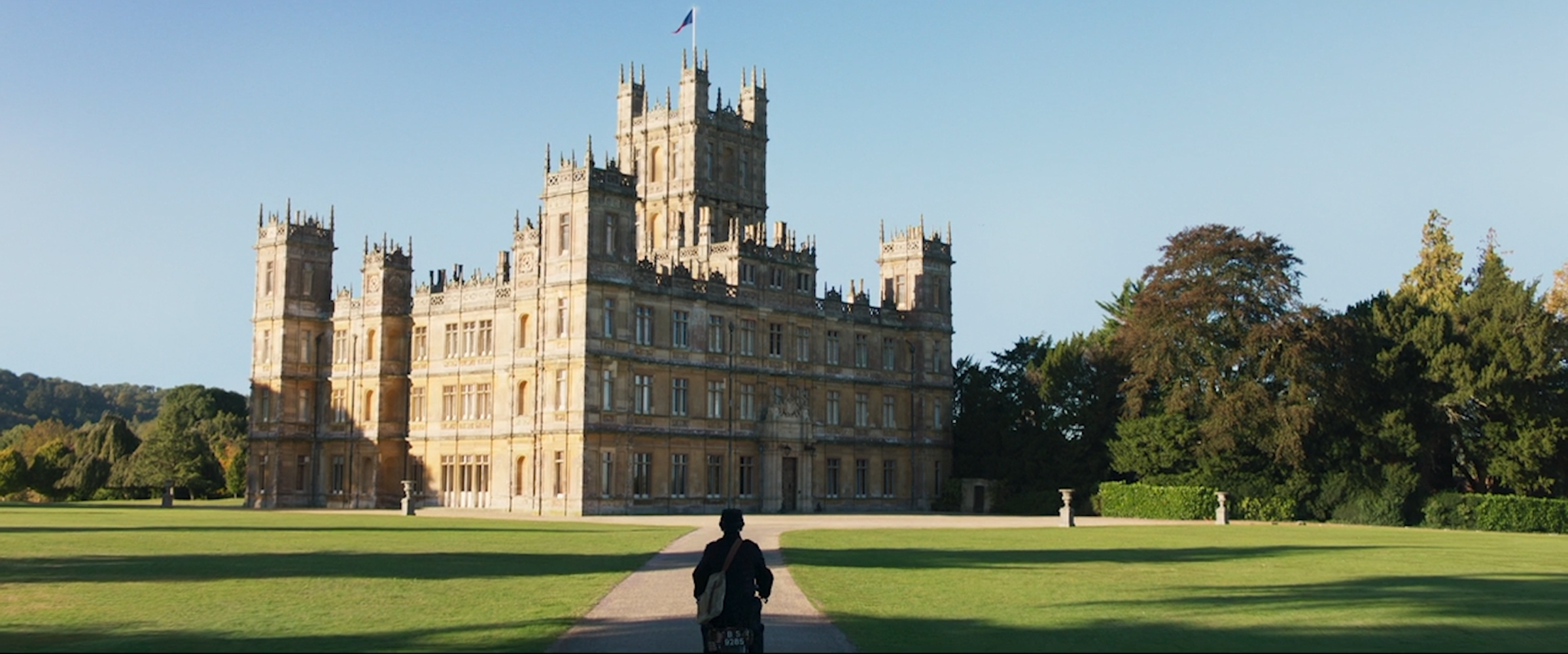
Downton Abbey - Highclere House
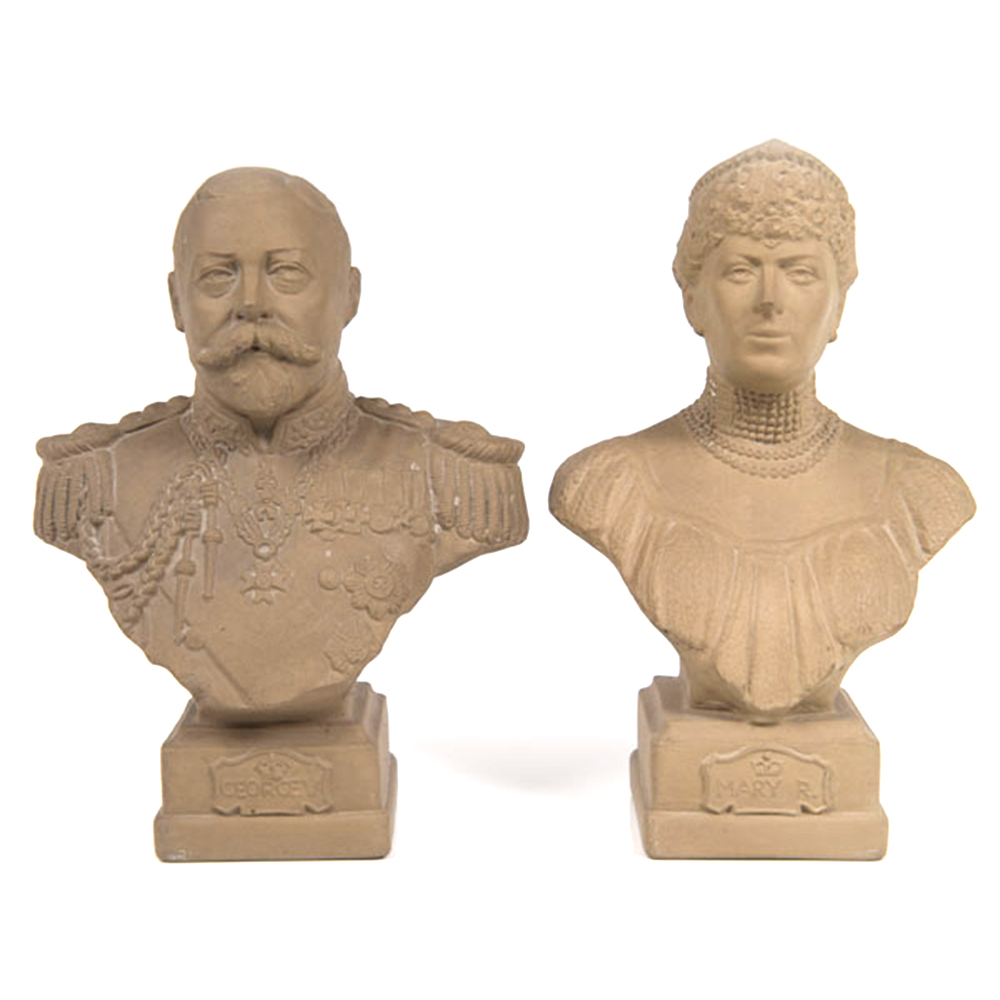
Royal Doulton terracotta busts of King George V & Queen Mary

Downton Abbey Movie
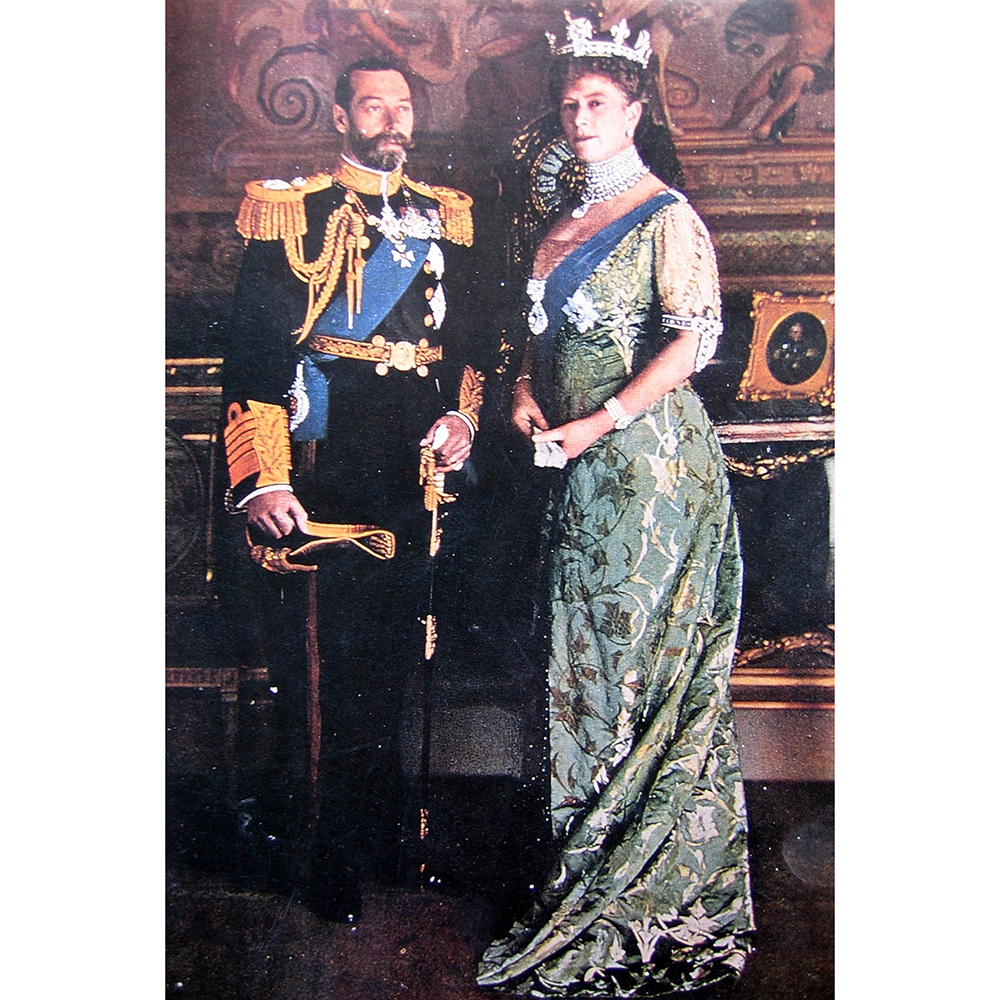
King George V and Queen Mary
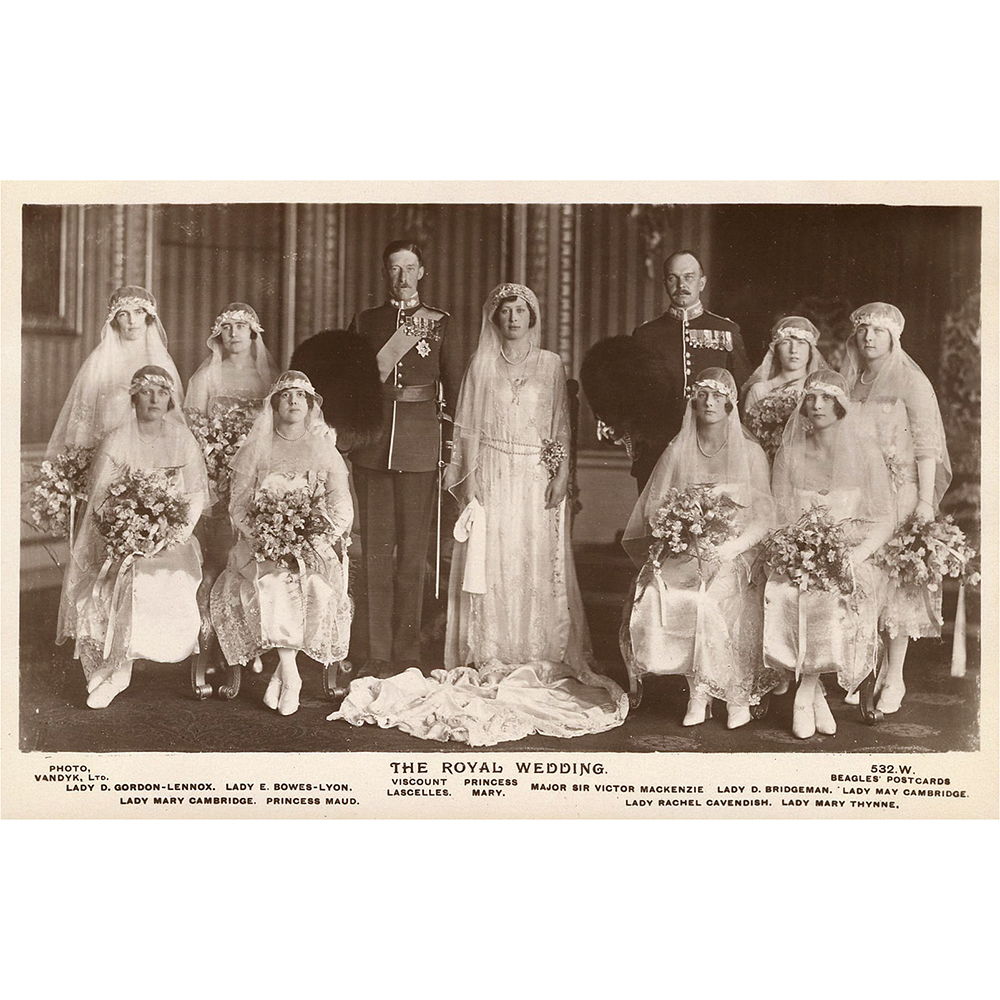
The wedding of Princess Mary and Viscount Lascelles 1922

Harewood House in Yorkshire
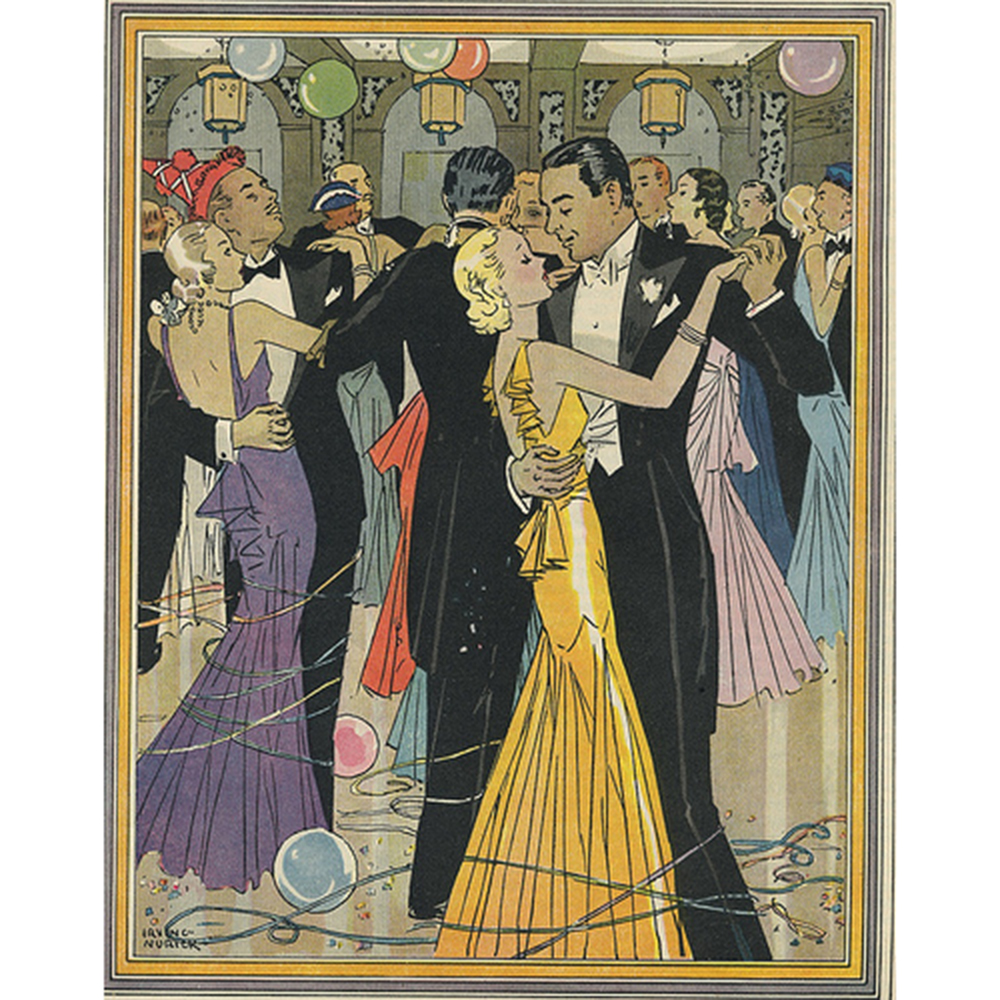
New Year's Eve Ball
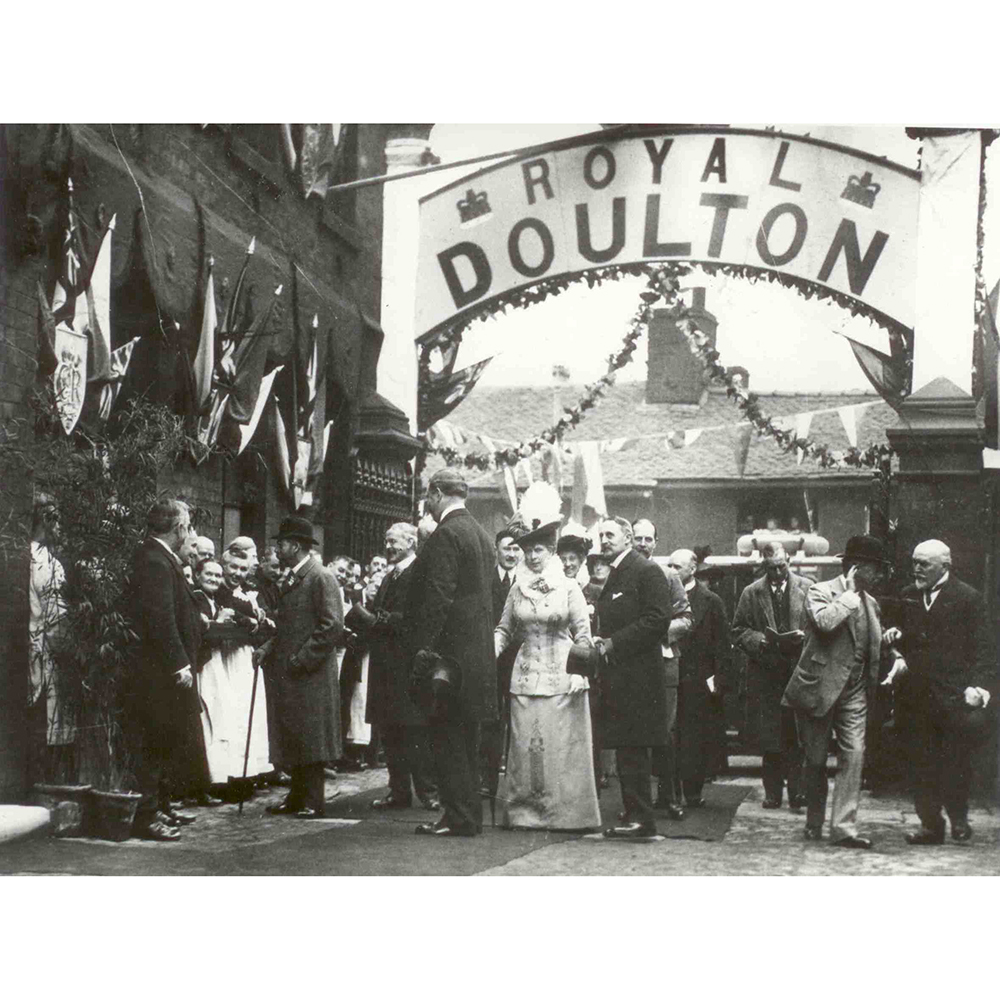
King George V & Queen Mary visit Royal Doulton
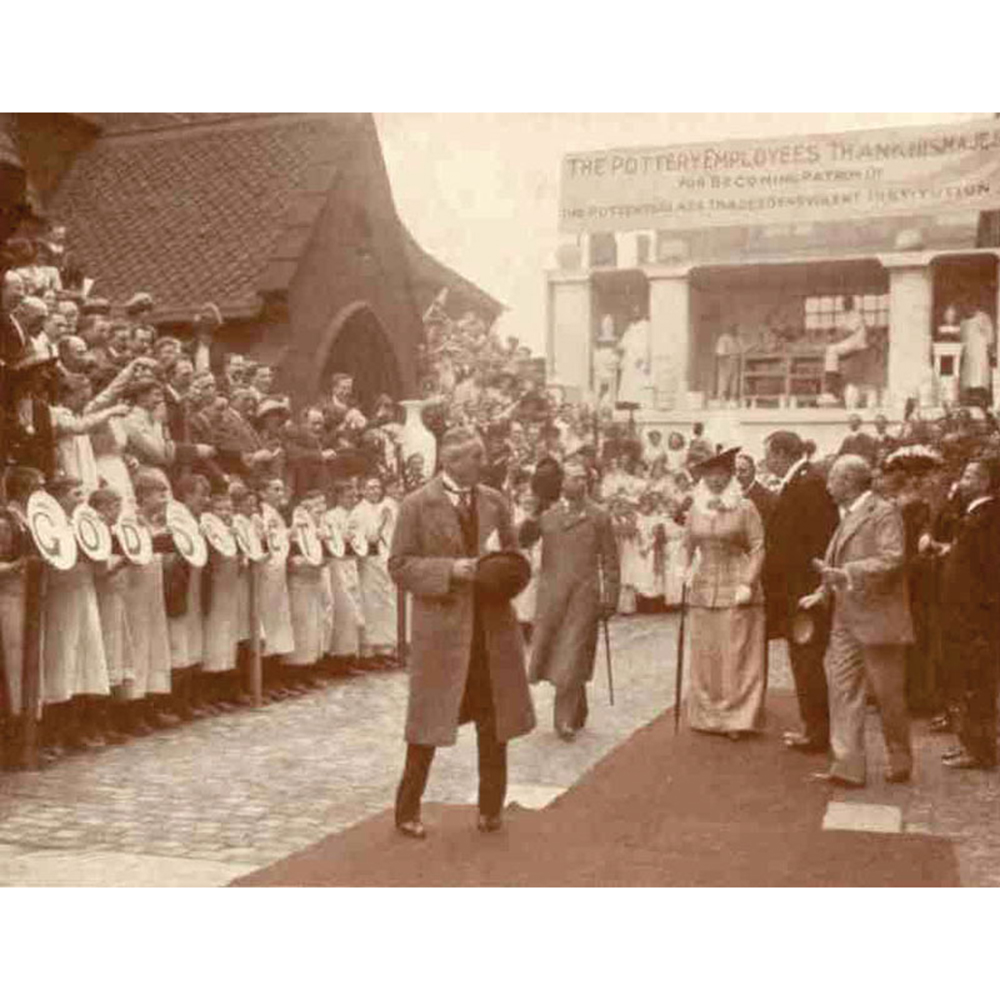
King George V & Queen Mary visit Royal Doulton
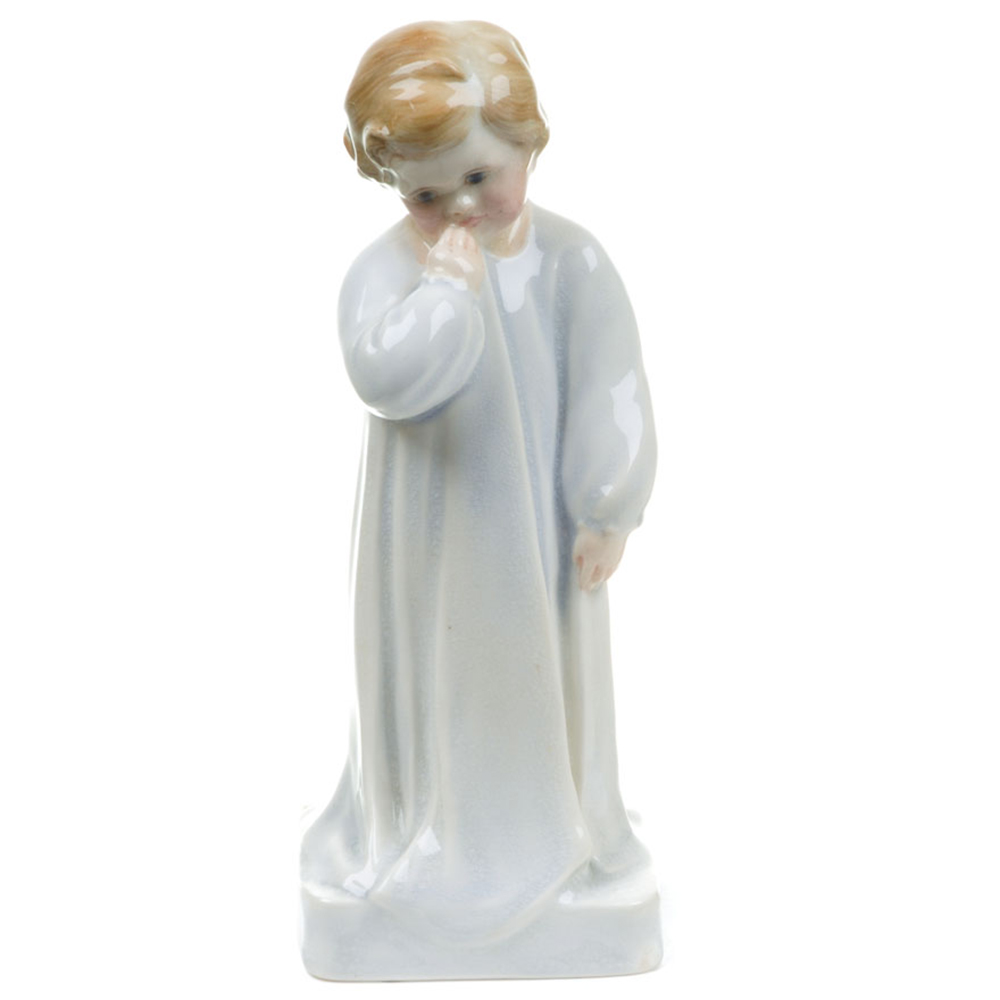
Royal Doulton Darling by C. Vyse

Bedtime by C. Vyse
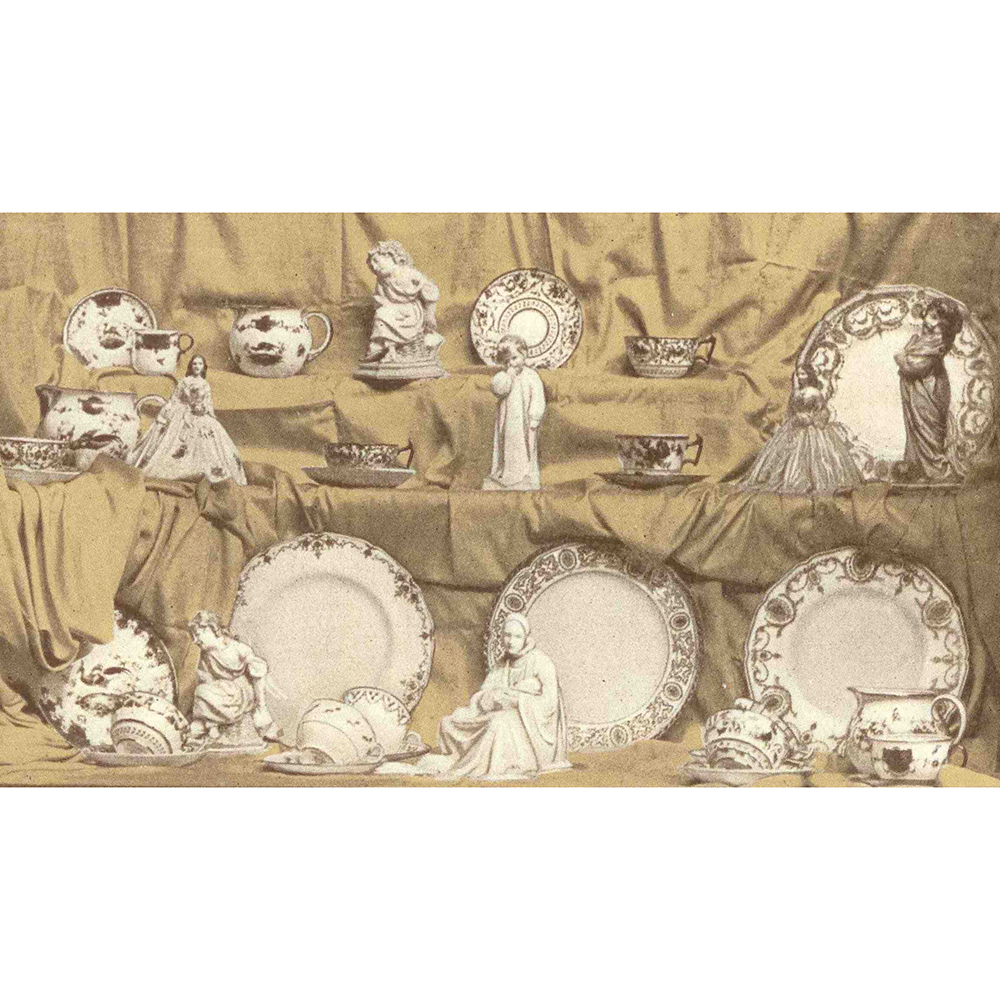
Royal Doulton figurine display admired by Queen Mary

Royal Doulton catalog featuring Queen Mary’s purchases

Queen Mary at Moorcroft

Royal Doulton Queen Mary
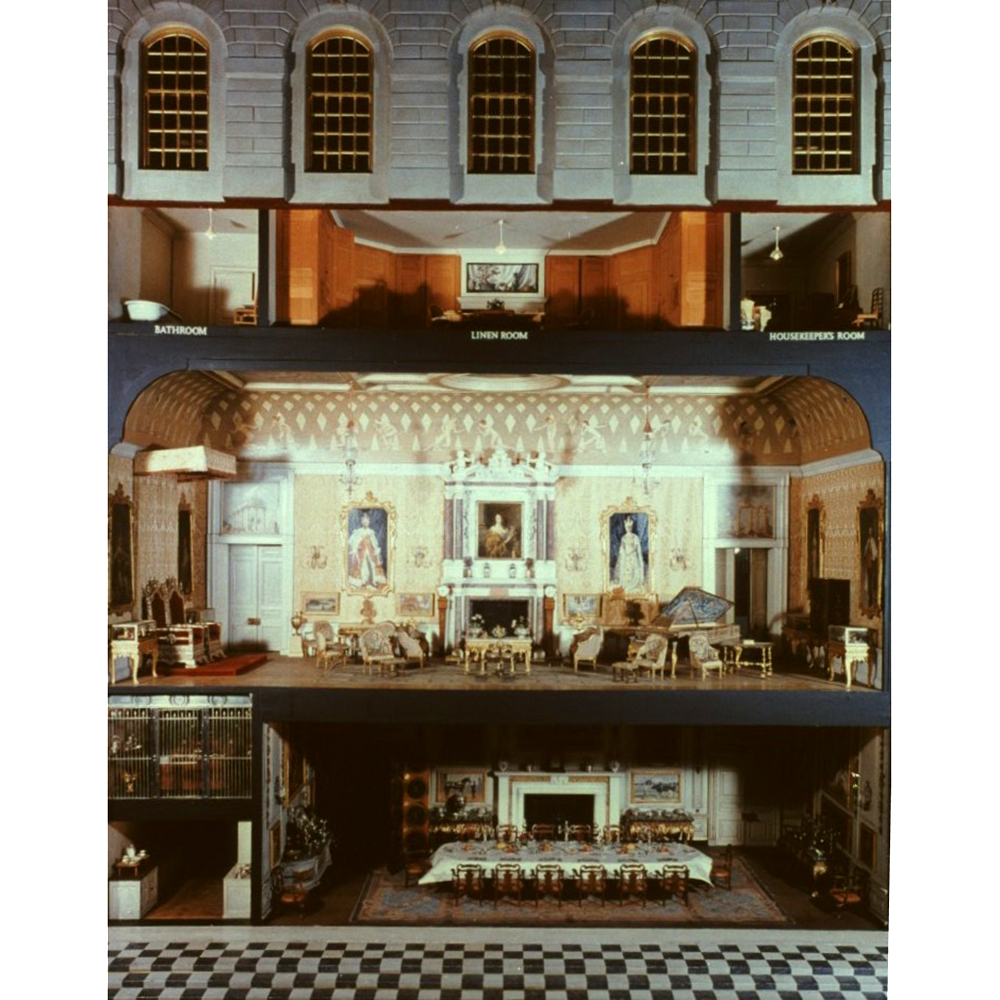
Queen Mary's Doll's House

Doll's House Kitchen

Queen Mary’s miniature tableware

Doll’s House stoneware jars with raisins
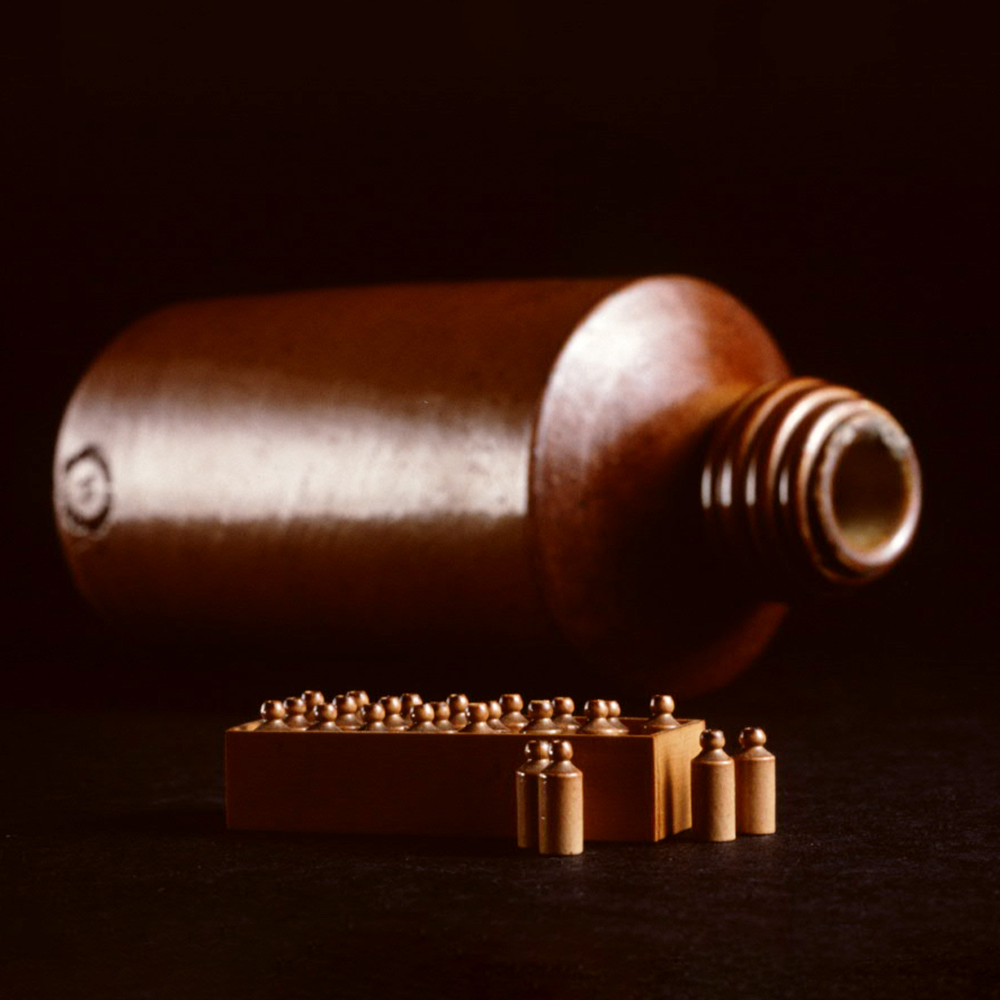
Doll's House crate of bottles
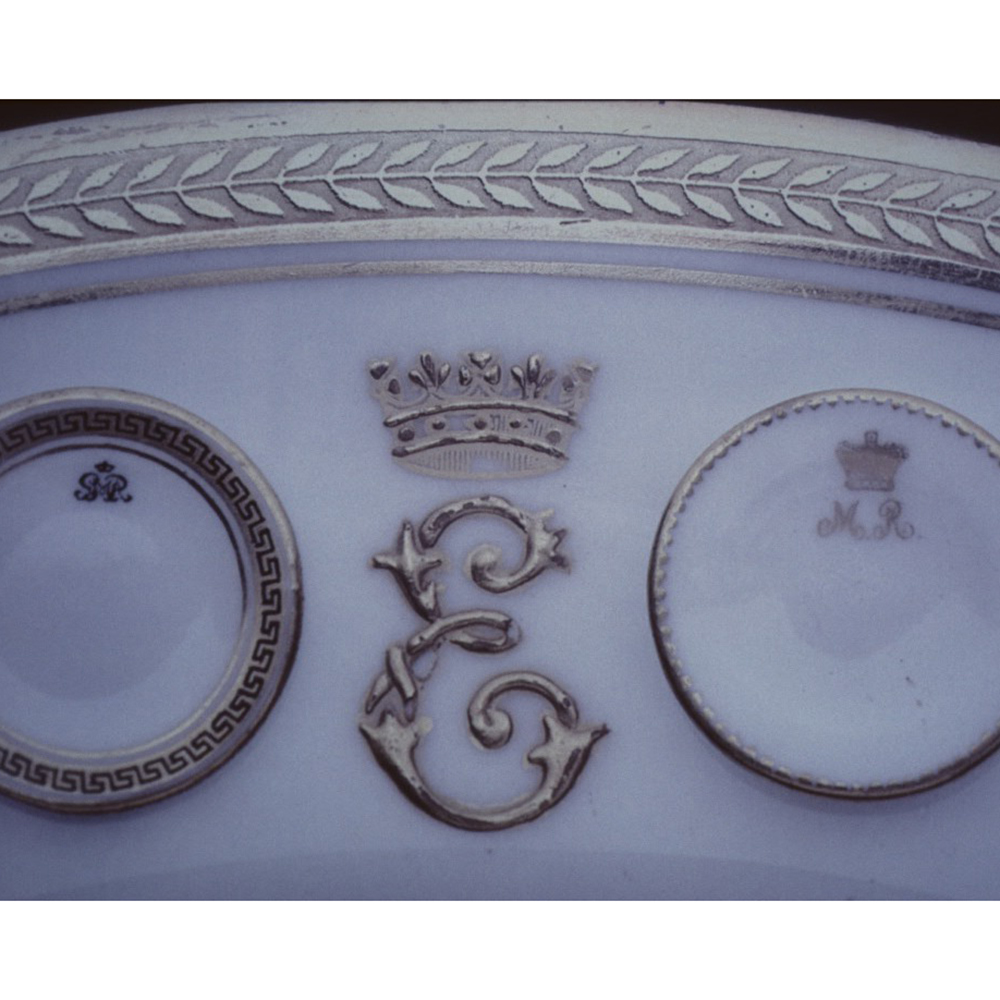
Miniature Tableware for Queen Mary's Doll's House

Downton Ladies
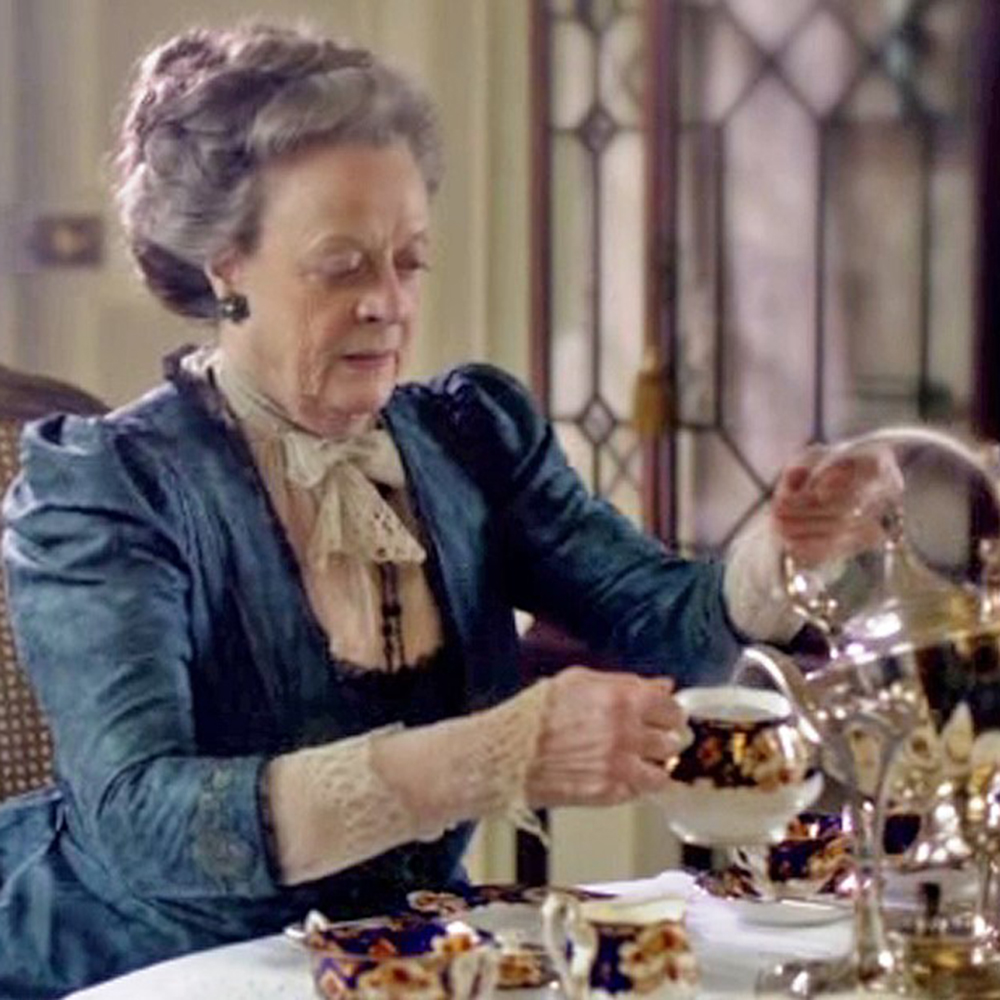
Lady Violet
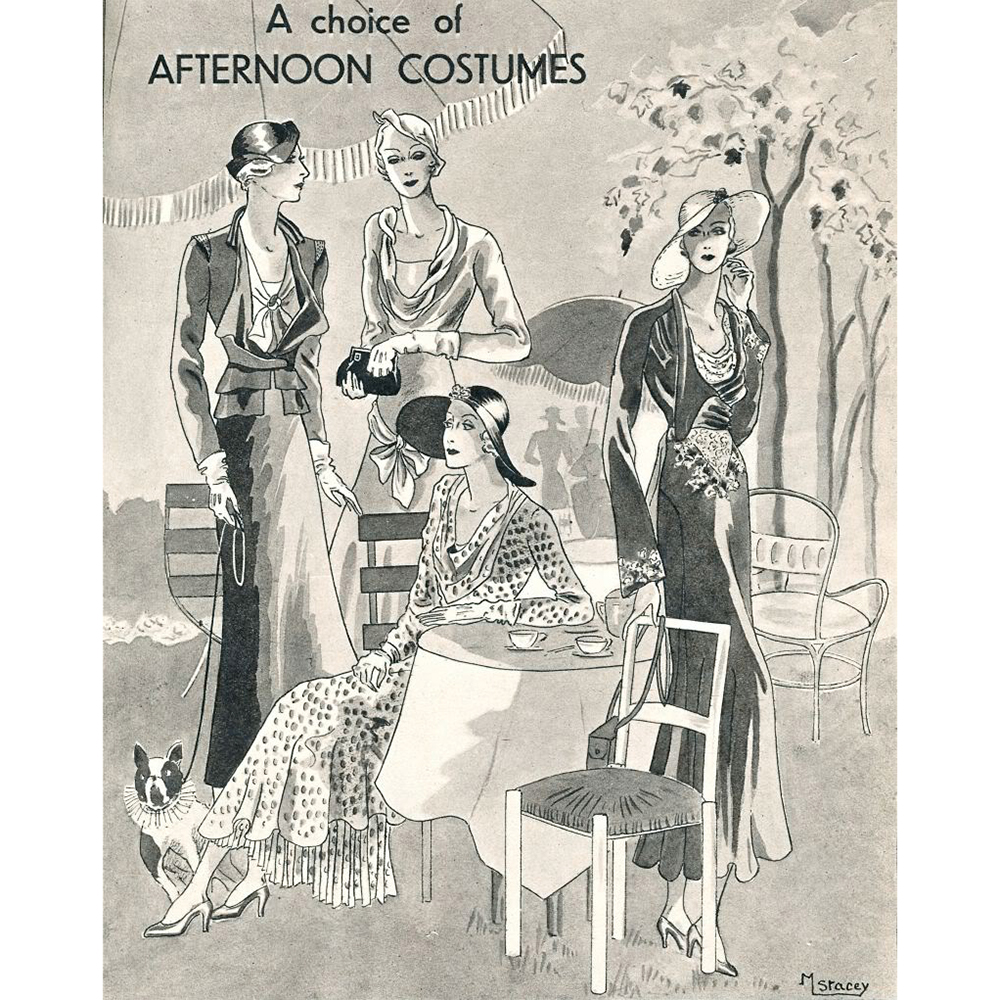
Britannia & Eve Advertisement
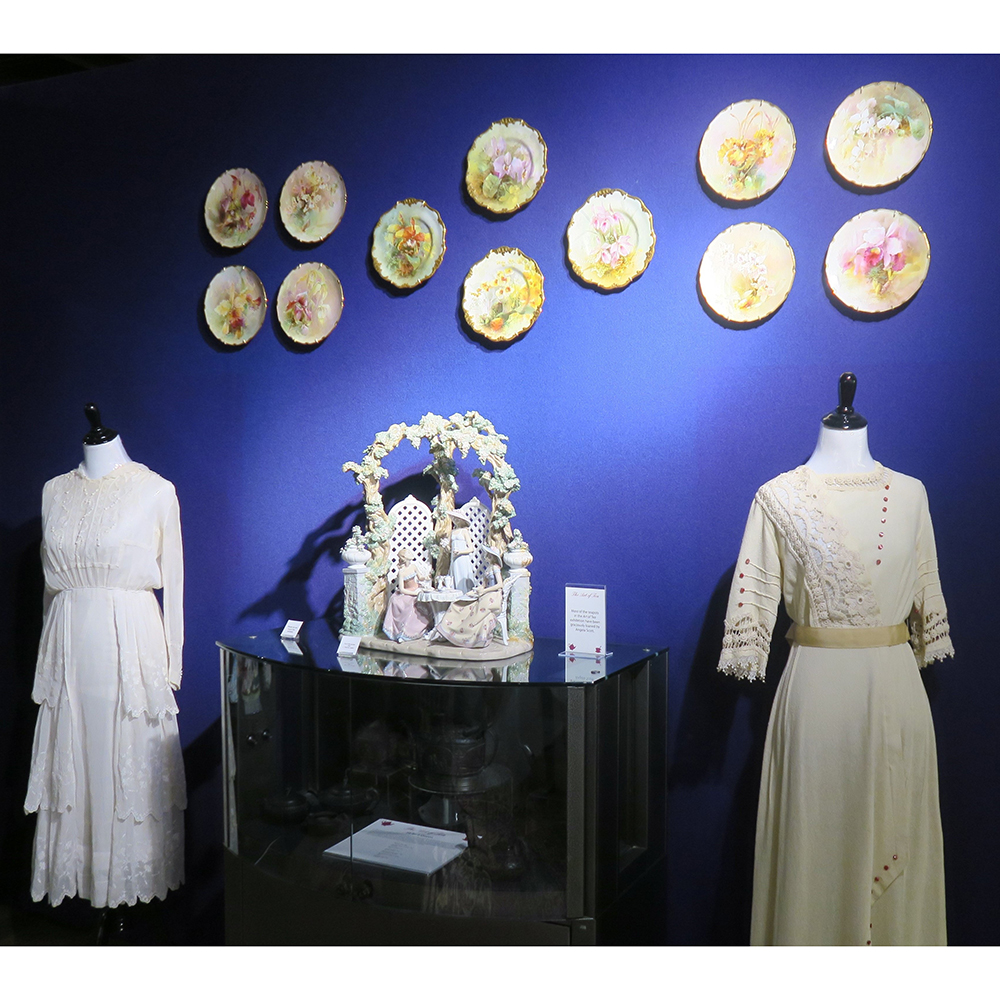
Vintage Dresses in Art of Tea on loan from Jeff and Penny Spellens
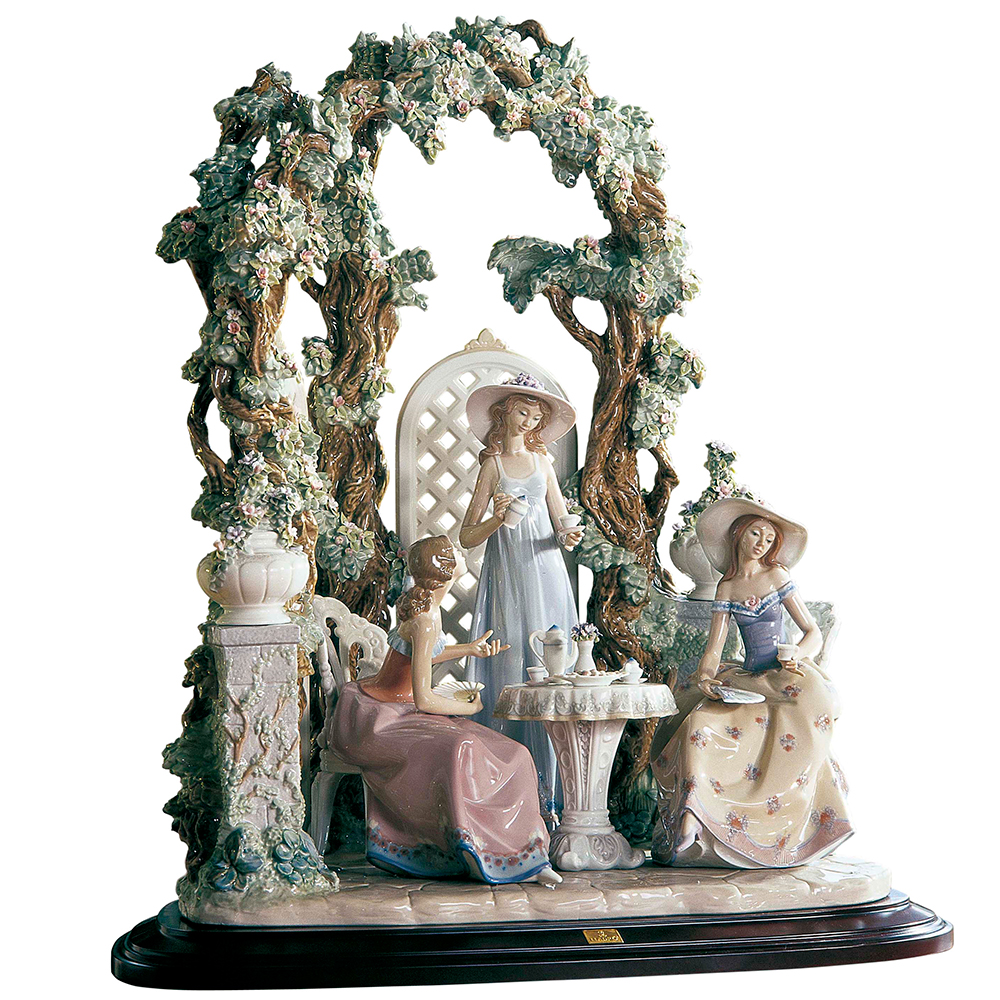
Lladro Tea in the Garden
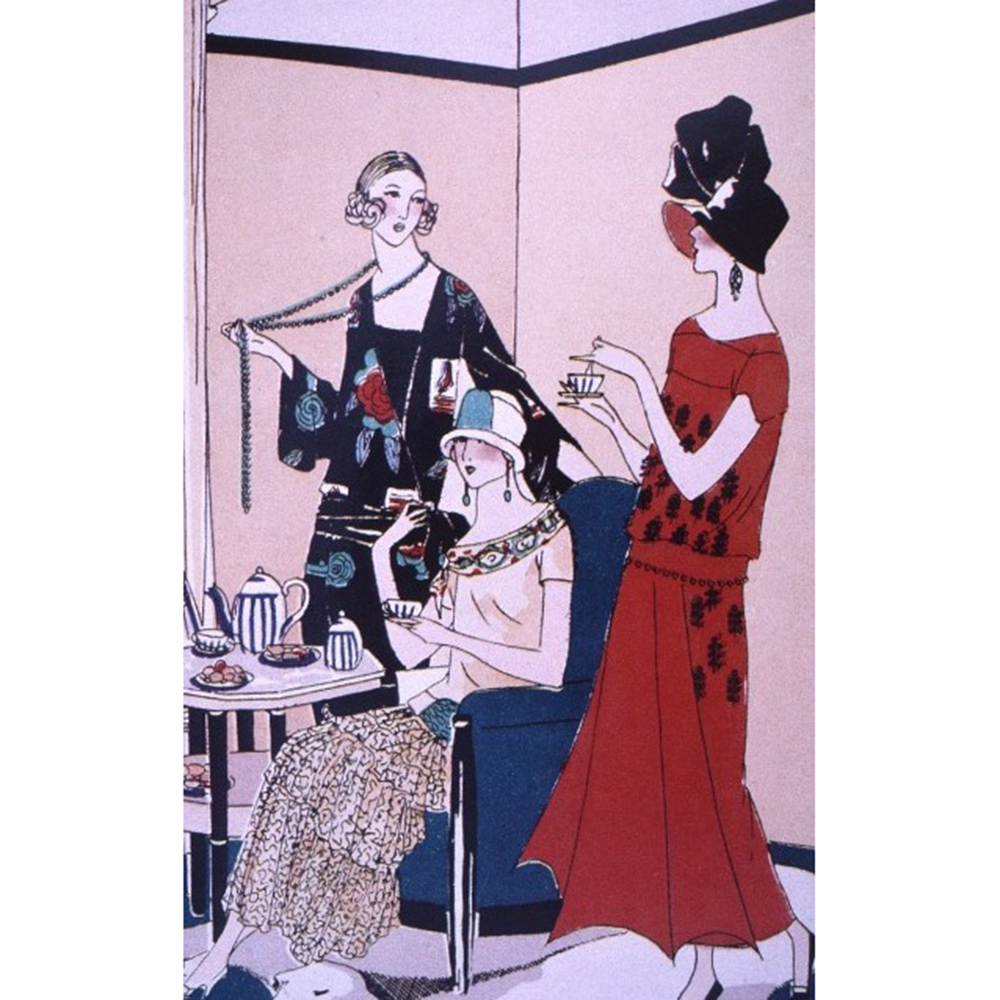
Tea Party 1920
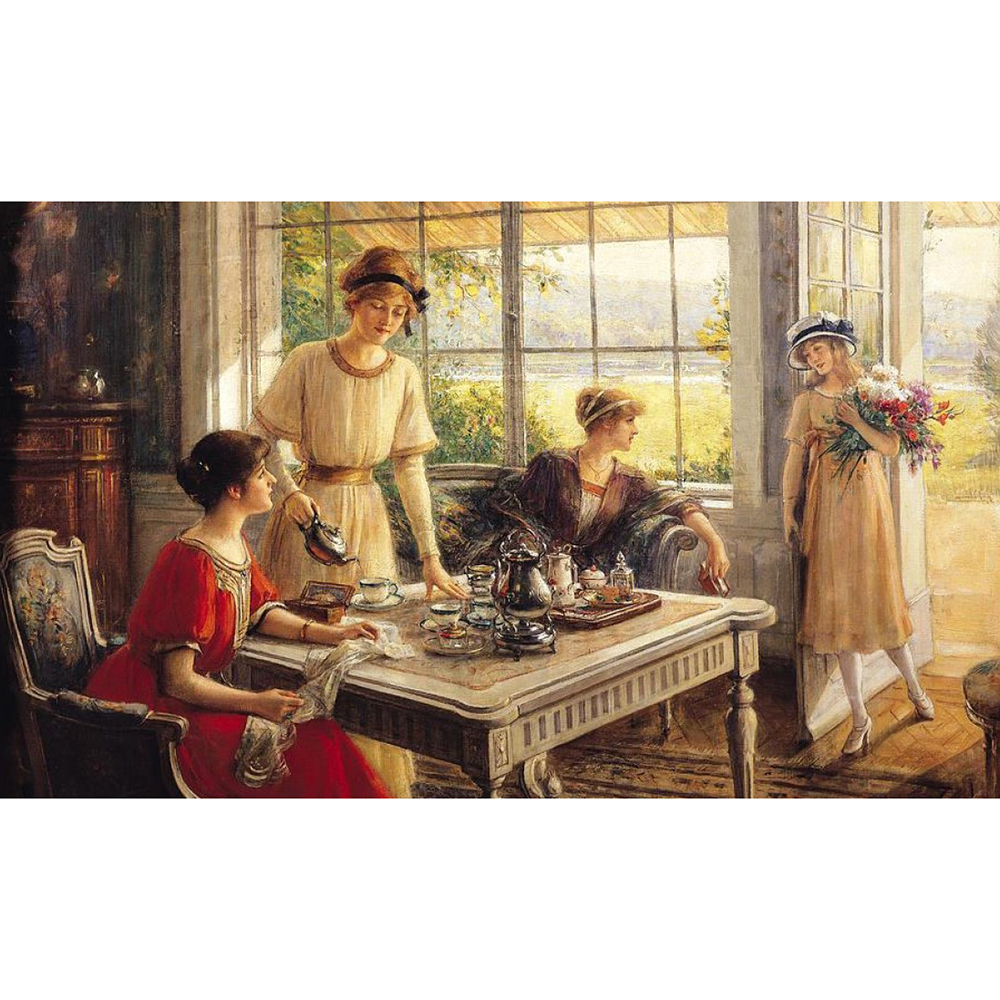
Tea Party by A. Lynch
